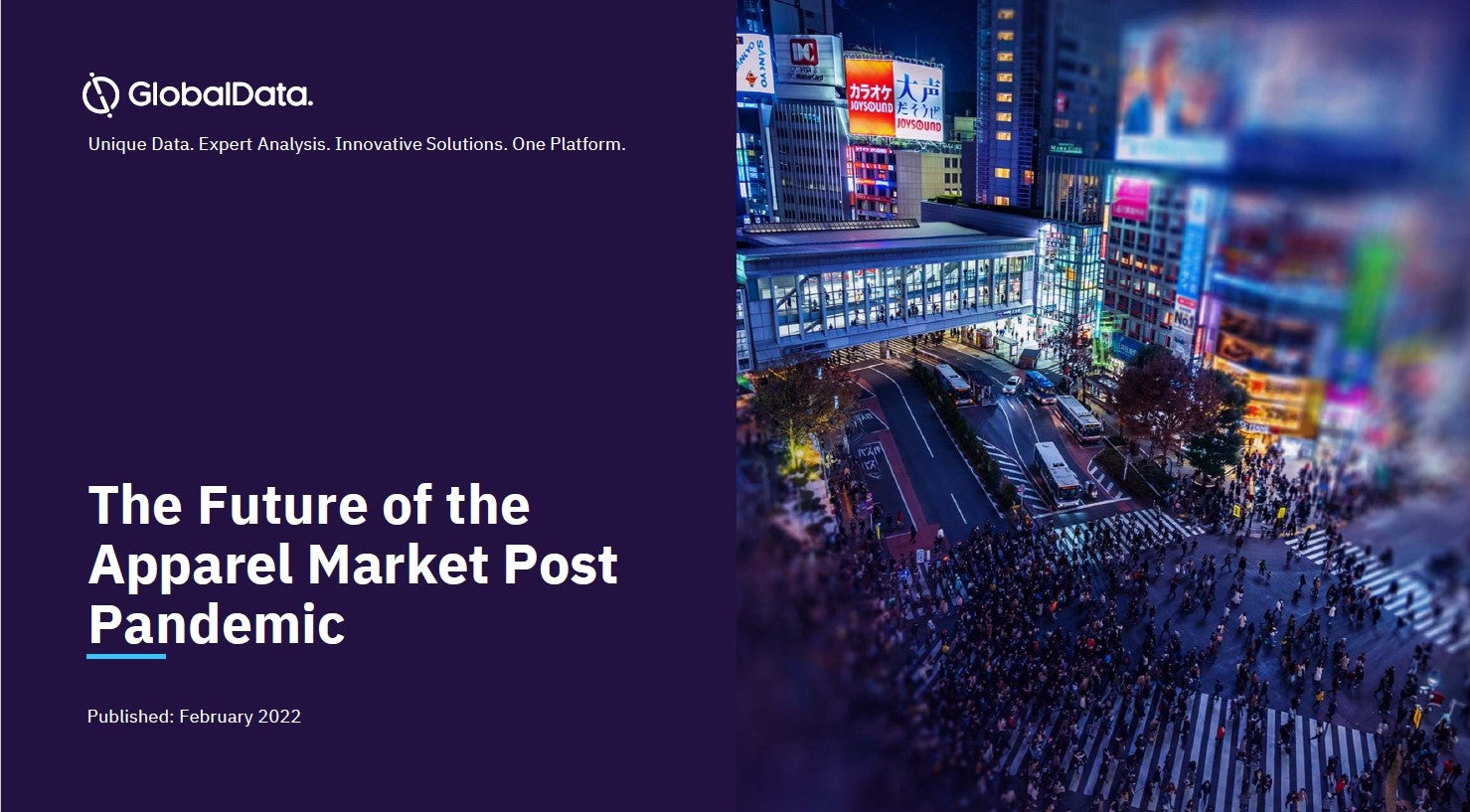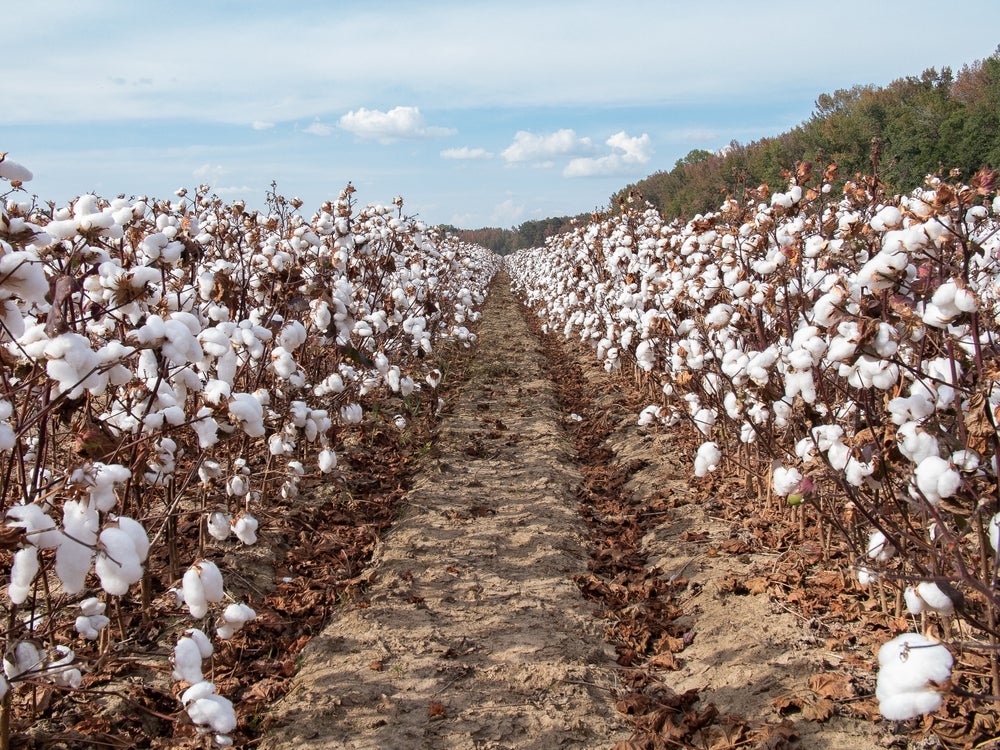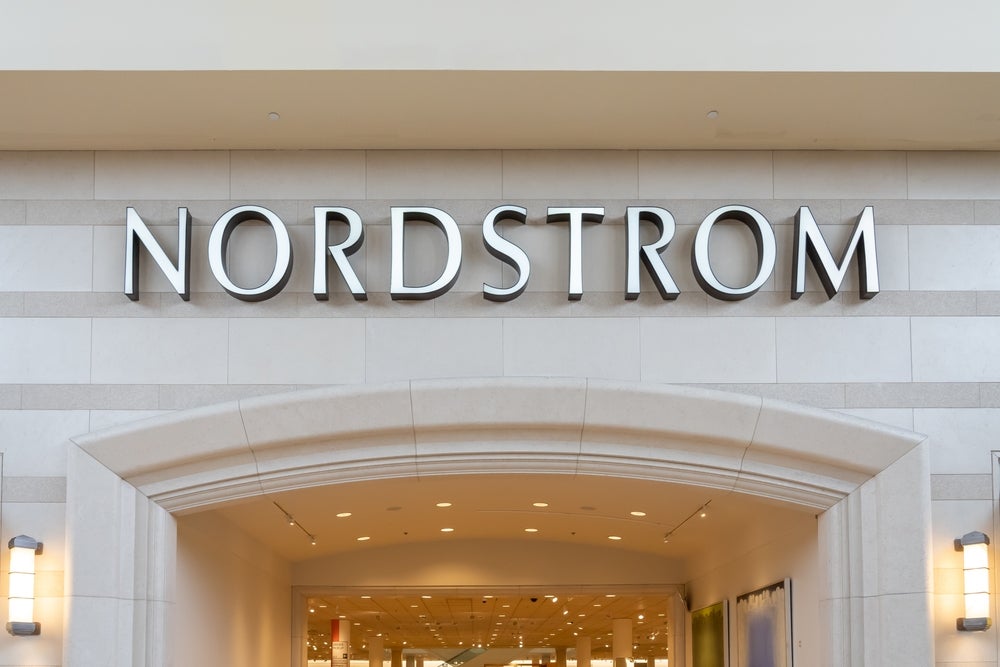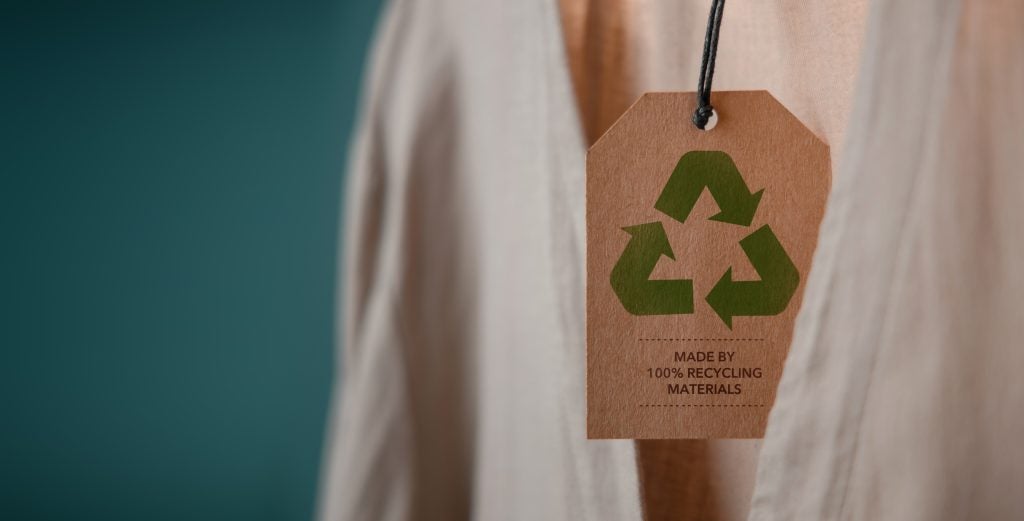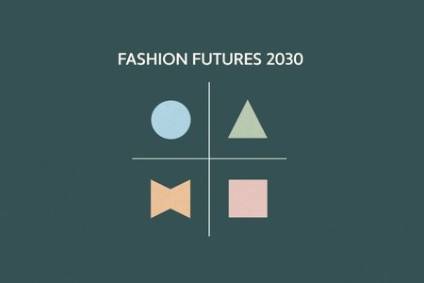
An interactive learning toolkit has launched at this week’s 10th Annual Copenhagen Fashion Summit to explore how current trends – from climate change to nationalism and AI – could shape fashion in 2030.
Led by Forum for the Future and Centre for Sustainable Fashion (CSF) at London College of Fashion, UAL with the support of C&A Foundation, Fashion Futures 2030 explores what fashion and nature might look like within four possible future world scenarios.
The idea is that by using the scenarios, industry professionals, fashion educators, and students can explore how radically different the future might be and can use the wide range of practical resources contained in the toolkit to develop future-fit products and innovations, as well as business and communications strategies.
These were created to help identify risks and opportunities, stimulate new ideas, test business strategies for long-term resilience, and plan for success. They are not meant to be predictions or favoured visions, but rather serve as practical tools to help navigate an uncertain future.
The scenarios are:
How well do you really know your competitors?
Access the most comprehensive Company Profiles on the market, powered by GlobalData. Save hours of research. Gain competitive edge.

Thank you!
Your download email will arrive shortly
Not ready to buy yet? Download a free sample
We are confident about the unique quality of our Company Profiles. However, we want you to make the most beneficial decision for your business, so we offer a free sample that you can download by submitting the below form
By GlobalDataSee Also:
Living with Less: nature-based and globally connected
A decade of climate shocks have left many devastated by food shortages and extreme storm. This spurred powerful companies into action to ban dirty fuels as a route to cut carbon emissions. Slow fashion is the new norm, with sharing networks encouraged by social credit having shifted mind-sets towards sustainability.
Hyper Hype: technology-paced and economically stimulated
Advancements in AI technology have eliminated the need for manual labour, leaving many reliant on a small universal basic income. Government and business are working together to rapidly reduce emissions through zero-carbon investments. Fast fashion thrives as digital shopping becomes even more accessible and high-tech. Clothes are casual, genderless and disposable as fewer people are inclined to leave the comfort of their homes, and are fully recyclable after just a few wears.
Safety Race: regionally located and culturally fragmented
A global recession has led to a rise in nationalism and a break-down of The Paris Climate Agreement, leaving climate action to The Environmental Truth movement. Huge numbers of climate related deaths have caused widespread unrest and conflict. Fashion is driven by identity politics; it becomes common to dress patriotically as a way of feeling distinct, and supply chains have regionalised.
Chaos Embrace: people-centred and governance re-invented
After failing to act to mitigate climate change, the world experienced intense climate shocks, causing mass social unrest. As global leaders failed society, power was redistributed to local governments to focus on self-sufficiency and resilience. Materials are scarce, with fashion focusing on utilitarian garments that are kept and worn for a long time, mended, altered and worn again.
“The world is set for turbulent times with climate change, resource shortages, population growth and other challenges set to shape the 2020s and the future of fashion. At Forum for the Future, we are hearing that many business leaders are overwhelmed by this uncertainty, and by the expectations to take action,” says Dr Sally Uren, CEO of Forum for the Future.
“Where do we start? Fashion Futures 2030 considers four future scenarios, each based on solid research; current environmental, economic, social, cultural and technological trends, and consultation with experts. They take the guesswork out of shaping truly transformative plans that will deliver positive sustainability impacts at the scale and pace needed.”
Prof Dilys Williams, director of CSF, adds: “Fashion Futures 2030 asks us to question our addiction to the current fashion system – to see beyond the adrenalin rush and fleeting satisfaction that we are sold – to consider what we really want, whether that’s through a career in fashion, through education or our personal style choices.
“This toolkit examines where our current fashion practice might be taking us – and, at the same time, enables us to consider the ways in which we might seek to change or support a particular direction. It’s a chance to be future makers, mavericks and pragmatists – and critically, to find ways to create a future where we can all thrive together.”

